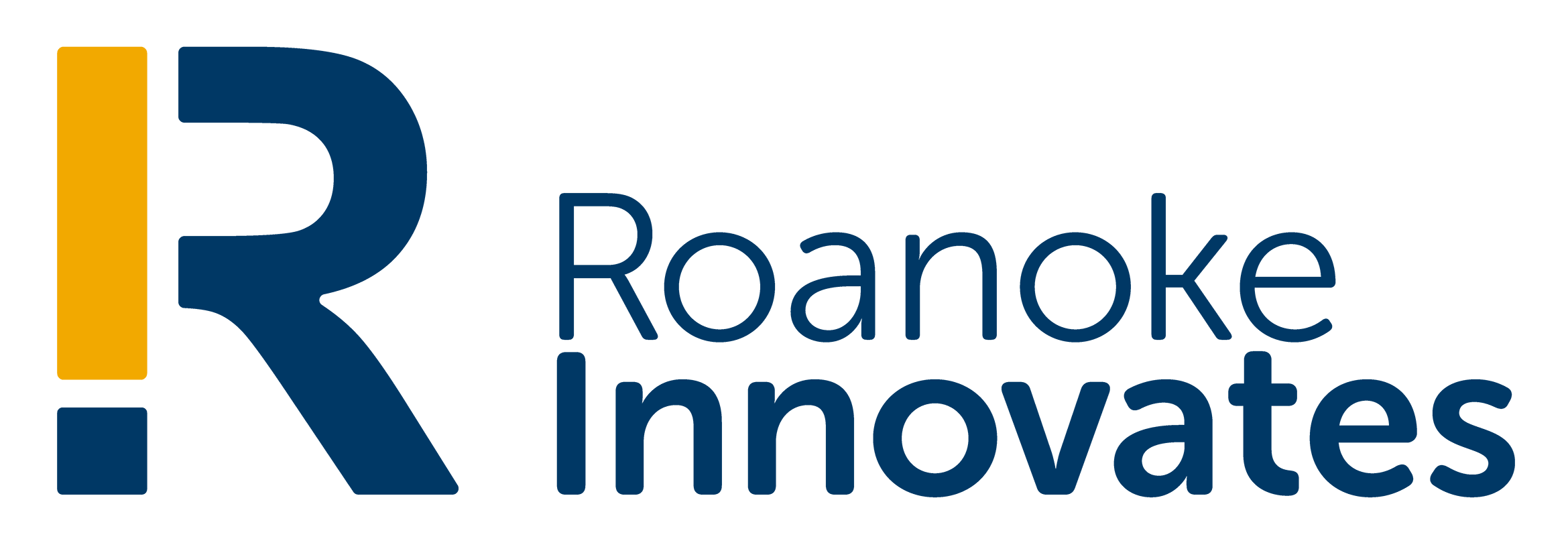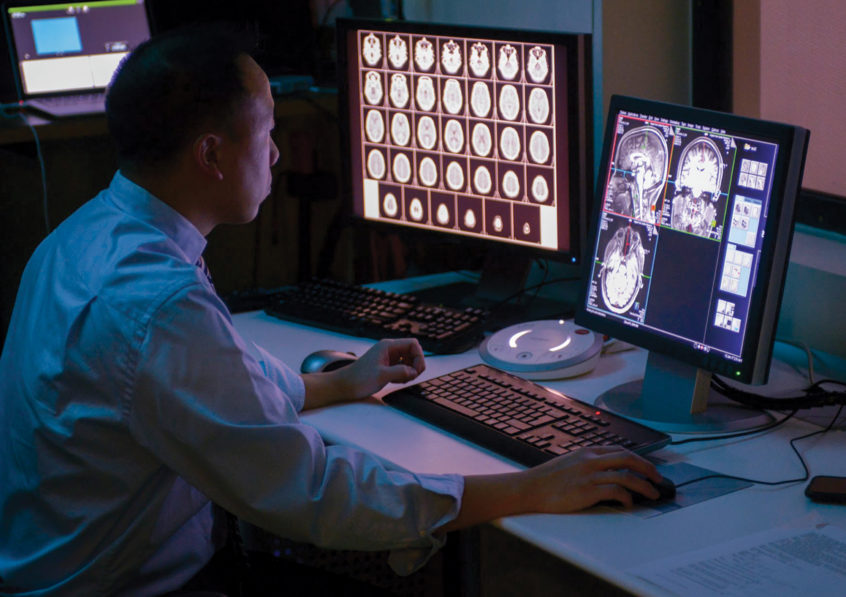THE MANY LAYERS OF SUBSTANCE MISUSE: HOW RESEARCH, TECHNOLOGY, AND UT PROSIM UNCOVER OPPORTUNITIES FOR SUPPORT, RECOVERY, AND AWARENESS ON THE VT CAMPUS, AT HOME, AND IN THE COMMUNITY.
Alcohol, marijuana, Adderall, LSD. Richard has not only tried them all, but he once was addicted to several at the same time.
“I was staring at myself in the mirror, and I just saw death,” the Virginia Tech graduate student said. “I thought, ‘I need to start making changes.’”
Richard’s treatment and recovery journey began in early 2020. Because of the existing and often harmful stigma surrounding substance use disorders, he elected to use a pseudonym in this story. After approximately six years of battling addiction, Richard was determined to make sure graduate school and a new environment didn’t slow or stop his positive progress. And it didn’t. He recently celebrated one year of sobriety, thanks in large part to the support he found within the Virginia Tech Recovery Community. For students like Richard, as well as some Virginia Tech employees, the Recovery Community has been a lifeline on their journeys toward a positive well-being.
In the U.S., there were more than 81,000 deaths from drug overdoses from May 2019 to May 2020, the highest number of overdose deaths recorded during a 12-month period, according to the Centers for Disease Control and Prevention. Synthetic opioid use, up 38 percent from June 2019 to May 2020, drove the overall jump in overdose deaths. Meanwhile, binge drinking also spiked significantly during the pandemic, and distancing restrictions that have prohibited in-person attendance at support group meetings has led to feelings of isolation and depression. Across the country, this rampant substance misuse results from a web of individual and societal issues and leads to numerous personal and community-wide problems.
Across the university, scientists are conducting research to learn more about why people use substances, working with community groups and public schools to evaluate the impact of positive interventions, and using what they learn to advocate for better outcomes for both people who use and those impacted by using.

